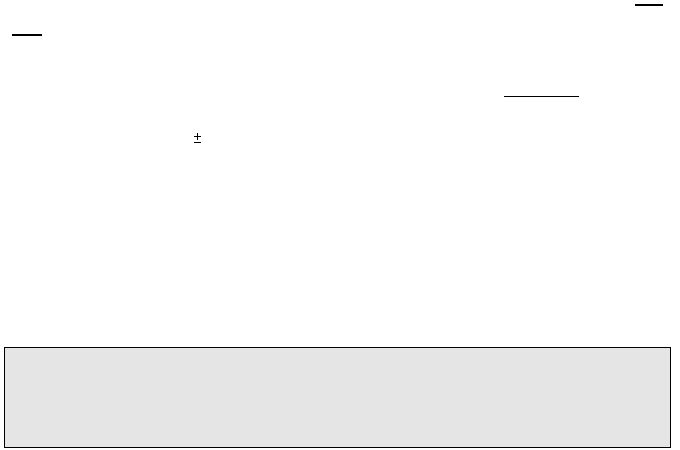
G-9
label the buret "NaOH". Rinse the second buret using 2 x 5 mL of your acetic acid solution and drain the rinse
solution. Fill the buret with your unknown acetic acid solution and label it "acetic acid". Accurately measure
out between 20 to 22 mL of the acid from the buret into a clean 125 mL Erlenmeyer flask (this flask must be
clean but does not need to be dry). Record the initial and final buret readings on your Observations Sheet to
0.01 mL. Add three drops of phenolphthalein to the solution.
Set the initial level of the buret containing the NaOH to between 0 and 2 mL, then read and record this initial
reading on the buret. Titrate the unknown acid sample to the end point by adding NaOH carefully from the
buret. The end point of the titration occurs when the indicator turns from colorless to a permanent pale
pink
on addition of one drop of titrant. Record the NaOH buret reading at the end point. Repeat the
titration on a second portion of the unknown acetic acid solution. To consider the results of the
titrations for this experiment consistent, the difference between the ratios of
volume
titrant
volume
analyte
for the runs
completed must be less than
0.010.
B. Titration with Indicator and pH meter
Read the instructions on the use of the pH meters (page 25-27) and have your instructor demonstrate its use
before you carry out this experiment. The pH meter must be standardized against two buffer solutions.
Buffers of pH = 4.00 and pH = 7.00 should be used to standardize the pH meter. After the pH meter has been
standardized, you are ready to begin the titration. NOTE: Keep the pH electrode in the support arm and
immersed in the storage buffer whenever you are not taking pH measurements.
You will be required to plot your data from this pH titration on graph paper as you perform the
titration; therefore, come prepared to plot this graph during the laboratory session. Record your data
on the Observations Sheet and simultaneously plot the graph.
For this part only, adjust the initial buret reading to 0.00 mL using a Pasteur pipet. If this is done, then
the total volume of NaOH added will simply equal the buret reading. (Otherwise, you would have to
subtract the initial buret reading from all of the other readings to get the total volume of NaOH added.)
Again, accurately measure approximately 22 mL (known to 0.01 mL) of acetic acid from the buret into a
clean (not necessarily dry) 100 mL beaker and add three drops of phenolphthalein. Note that the volume
of NaOH needed to neutralize the acid will likely be within 2 or 3 mL of the volume used in Part A, where you
titrated the same acetic acid sample with just the indicator. Rinse off the pH meter electrode with deionized
water, gently dry it, and immerse the probe into the solution to be titrated. You will titrate the acetic acid with
